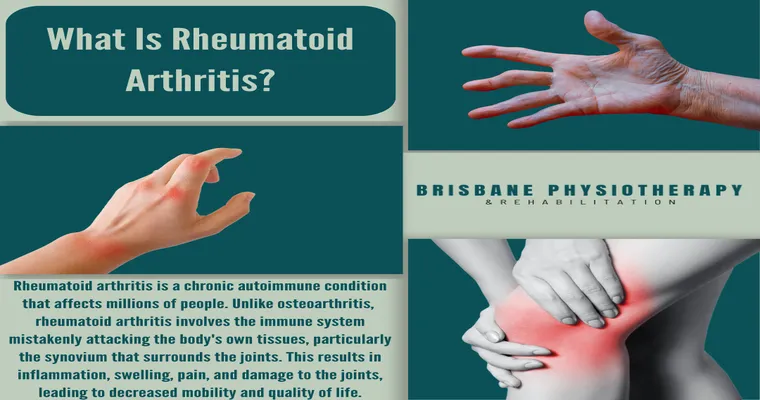Rheumatoid arthritis is a "chronic inflammatory disorder" that primarily affects the joints, leading to painful swelling and potential joint deformity. This autoimmune condition occurs when the body's immune system mistakenly attacks its own tissues, particularly the "synovium", the lining of the membranes that surround the joints. Understanding the "causes", "symptoms", and "treatments" of rheumatoid arthritis is crucial for effective management and improving quality of life.
Causes of Rheumatoid Arthritis
The exact cause of rheumatoid arthritis remains unclear, but several factors are believed to contribute to its development. Genetics plays a significant role; individuals with a family history of rheumatoid arthritis are at a higher risk. Environmental factors, such as exposure to certain viruses or bacteria, are also considered potential triggers. Additionally, lifestyle factors like smoking can increase the likelihood of developing the condition. Hormonal changes may also influence the onset of rheumatoid arthritis, as it is more common in women than in men.
Symptoms of Rheumatoid Arthritis
Rheumatoid arthritis symptoms can vary from person to person, but they often include:
"Joint pain": Typically affects joints on both sides of the body, such as wrists, knees, and fingers.
"Swelling": Joints may become swollen and tender, making movement difficult.
"Stiffness": Especially noticeable in the morning or after periods of inactivity.
"Fatigue": Many patients experience a general feeling of tiredness and lack of energy.
"Fever": Mild fever may accompany the other symptoms, reflecting the body’s inflammatory response.
As the disease progresses, it can lead to joint damage and a loss of function, which is why early diagnosis and treatment are essential.
Treatments for Rheumatoid Arthritis
While there is currently no cure for rheumatoid arthritis, various treatment options can help manage symptoms and slow the progression of the disease. These treatments include:
1. "Medications": Nonsteroidal anti-inflammatory drugs (NSAIDs) can relieve pain and reduce inflammation. Disease-modifying antirheumatic drugs (DMARDs) and biologics are crucial for slowing disease progression and protecting joint health.
2. "Physical Therapy": Engaging in physical therapy can help improve joint function and flexibility. Tailored exercise programs can strengthen muscles surrounding the joints, promoting better stability.
3. "Lifestyle Modifications": Maintaining a healthy weight, eating a balanced diet rich in omega-3 fatty acids, and getting regular exercise can significantly improve overall health and reduce symptoms.
4. "Surgery": In severe cases where joint damage is significant, surgical options such as joint replacement may be considered to restore function and relieve pain.
5. "Complementary Therapies": Some individuals find relief through acupuncture, massage, or yoga, which can help manage stress and promote relaxation.
Conclusion
Rheumatoid arthritis is a complex condition that requires a comprehensive approach for effective management. By understanding the "causes", recognizing the "symptoms", and exploring available "treatments", individuals with rheumatoid arthritis can take proactive steps towards managing their health. Early intervention and a collaborative care strategy involving healthcare professionals can lead to improved outcomes and a better quality of life for those affected by this chronic disease.





